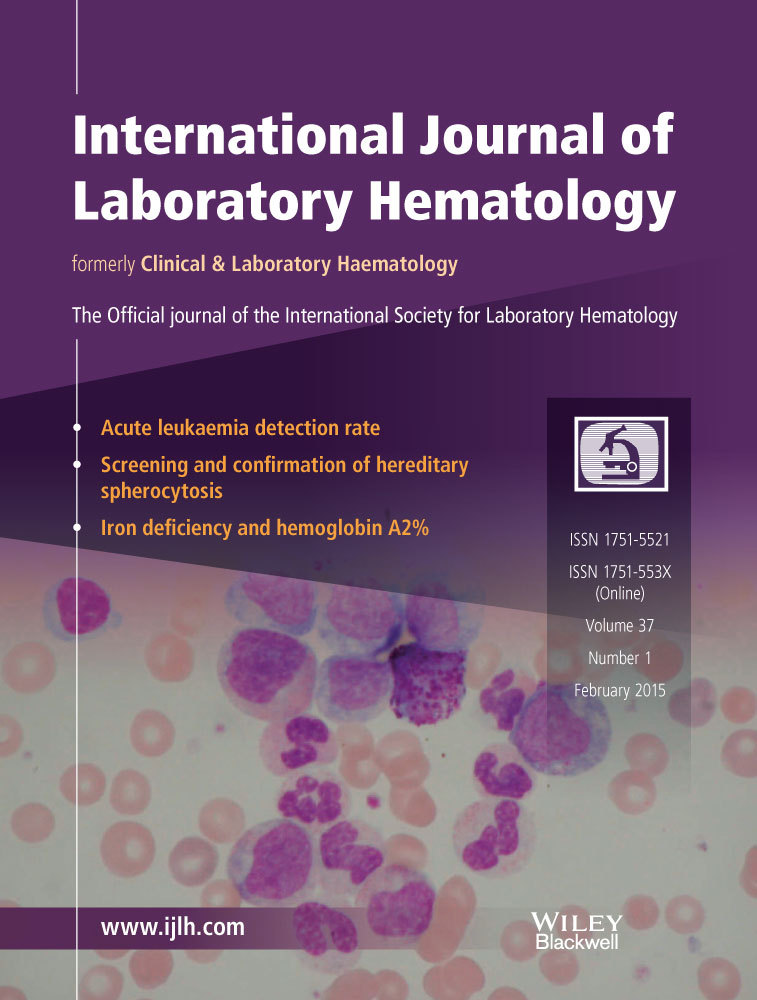A quality improvement assessment of multiple, concurrent flow cytometry analyses at a tertiary care center
Summary
Introduction
The utility of flow cytometry (FC) in diagnosis and staging of hematologic malignancy is controversial. Often, multiple specimens from the same patient are processed concurrently for FC analyses, alongside tissue for histomorphologic diagnosis.
Methods
To assess the diagnostic utility of multiple, concurrent FC analyses, a 10-year retrospective review of cases with ≥2 concurrent specimens (from the same patient) submitted for FC was conducted. Light microscopic (LM) diagnoses were compared to FC findings, and the contribution of FC results to final diagnoses was examined.
Results
Of 4058 specimens (predominantly lymph nodes, bone marrows, and oropharyngeal tissues) submitted for FC analyses, 129 (3.2%) represented cases with multiple (average: 2.19) concurrent FC analyses. All were accompanied by tissues and/or aspirates for LM examination. In 115 (89.1%) cases, multiple FC analyses were performed prior to morphologic examination. In 87.0% of those cases, ≥1 FC result(s) aligned with LM findings. In 15 (13.0%) cases where FC results differed from morphologic diagnoses, 86.7% (13/15) failed to detect an abnormal cell population by FC in the presence of a hematologic malignancy by LM. In one case (0.9%), FC detected a lymphoma, without morphologic evidence by LM.
Conclusions
Overall, multipart FC failed to demonstrate a significant contribution in initial diagnoses of hematologic malignancies compared with analysis of a single specimen.




